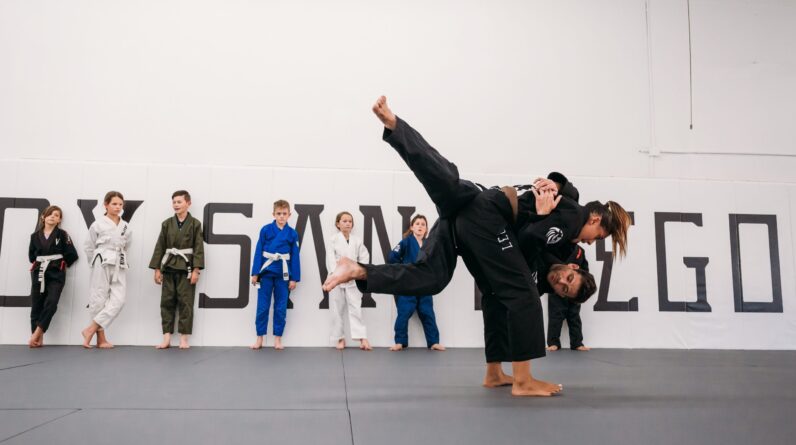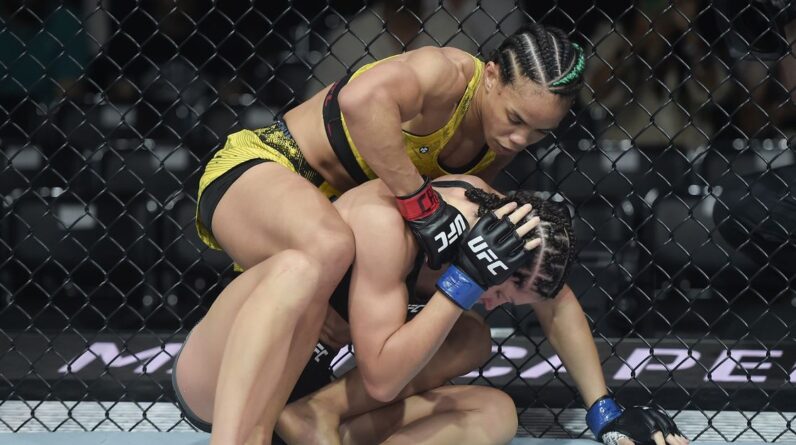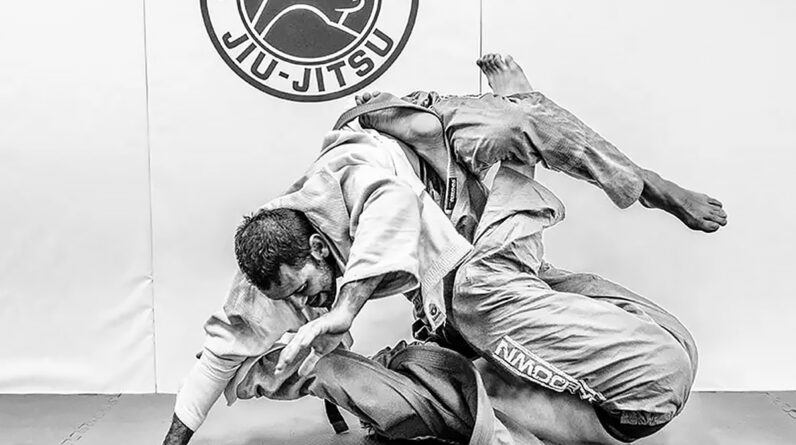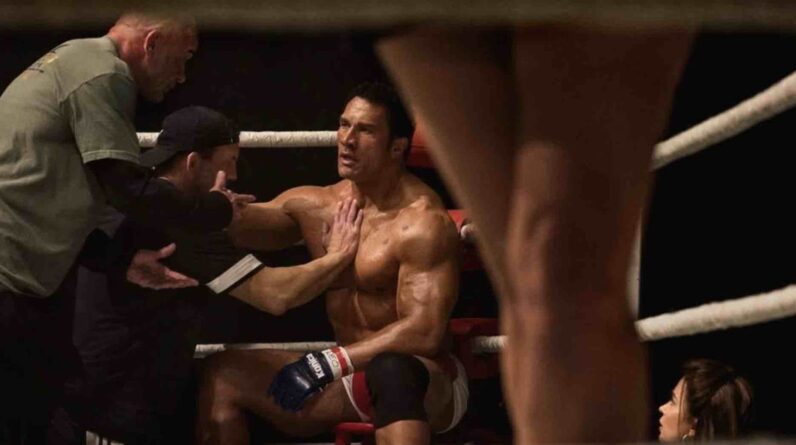Table of Contents
Valente Brothers Show Essential Wrist Defense Techniques Every MMA Fan Should Know
Ever been in that uncomfortable situation where someone grabs your wrist? Whether you’re an MMA enthusiast or just someone concerned about personal safety, knowing how to escape a wrist grab can be a game-changer. Recently, I had the chance to watch jiu-jitsu royalty Pedro and Gui Valente demonstrate some seriously effective techniques that could save your bacon in a tight spot.
Brazilian Jiu-Jitsu Masters Share Self-Defense Wisdom
The Valente Brothers aren’t just any jiu-jitsu instructors. These guys are the real deal – direct students of the legendary Helio Gracie and keepers of the authentic self-defense focused Brazilian jiu-jitsu that many modern schools have moved away from. Their Miami-based academy has become a mecca for both celebrities and serious martial artists looking to learn practical self-defense rather than just sport techniques.
What makes their approach unique is their emphasis on effectiveness rather than flash. These aren’t complicated moves that require you to be as flexible as Demian Maia – they’re straightforward techniques that actually work when the pressure’s on.
Breaking Down the Wrist Escape Techniques
In their demonstration, Pedro and Gui showcase multiple variations of wrist escapes that follow similar principles but adapt to different grip scenarios. Here’s what stands out:
- The Rotational Escape – Instead of pulling directly against the grip (which rarely works against someone stronger), they demonstrate a circular motion that uses leverage to break the attacker’s thumb grip
- The Two-on-One Counter – When both your wrists are grabbed, they show a slick movement that turns the tables on the aggressor
- Follow-up Control – Unlike many defensive techniques that stop at the escape, the Valentes demonstrate how to immediately transition to controlling your attacker
What I love about these techniques is how they incorporate the fundamental principle that makes jiu-jitsu so effective – using mechanical advantage rather than raw strength.
Why This Matters for MMA Fans
You might be thinking, “I watch UFC fights, not self-defense videos.” But here’s the thing – understanding these fundamental self-defense principles gives you a deeper appreciation for what you’re seeing in the octagon. Many of today’s top UFC fighters train with self-defense experts to round out their game beyond sport competition.
Plus, let’s be honest – not every threatening situation allows for a perfectly timed double-leg takedown. Sometimes, someone grabs you unexpectedly, and having these escape techniques in your back pocket could be the difference between a bad situation and a worse one.
The Valente Brothers Legacy
What makes Pedro and Gui Valente particularly worth paying attention to is their lineage. While many modern BJJ schools focus exclusively on sport competition, the Valentes have maintained the self-defense core that made Brazilian jiu-jitsu famous in the first place.
Their father, Pedro Valente Sr., was one of Helio Gracie’s earliest students, and the brothers have dedicated their lives to preserving the practical, street-effective version of the art that’s becoming increasingly rare in today’s competition-focused landscape.
How This Connects to Modern MMA
These wrist defense techniques might seem basic compared to the flying knee knockouts you see in the UFC, but they’re part of the foundation that every complete fighter should understand. Many top MMA fighters cross-train in traditional self-defense systems to round out their game.
Remember when Khabib Nurmagomedov talked about the difference between fighting in the cage versus fighting on the street? These are exactly the kind of techniques he was referring to – practical moves that work in unpredictable situations.
Try This Yourself (Safely)
If you train MMA or BJJ, I’d recommend practicing these techniques with a partner. Start slowly and focus on the mechanics rather than power. The beauty of what the Valentes demonstrate is that it doesn’t require exceptional strength or athleticism – just proper technique and timing.
For those who don’t train, these principles are still worth understanding, even if just from a theoretical perspective. Knowledge is power, especially when it comes to self-protection.
The Bottom Line
While flying armbars and spinning backfists get all the highlights on Instagram, it’s these fundamental self-defense techniques that form the backbone of effective martial arts. The Valente Brothers’ demonstration is a powerful reminder that sometimes the most valuable techniques aren’t the most flashy ones.
Whether you’re a hardcore MMA fan or just someone interested in practical self-defense, taking a few minutes to understand these wrist escape principles could prove invaluable. After all, the best fight is the one you never have to have – but if someone grabs your wrist, wouldn’t you want to know exactly how to handle it?







